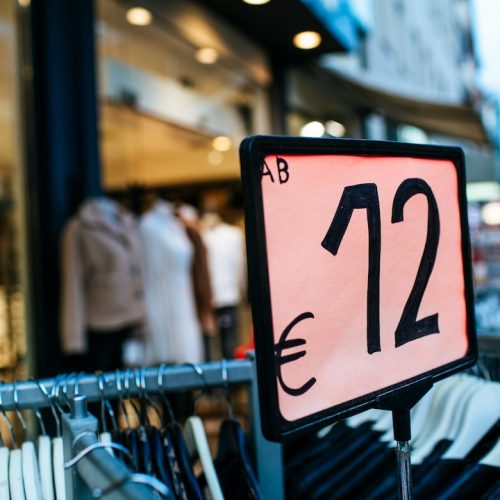Plus Size Fashion | A Talk About Inclusivity
Plus Size Fashion worldwide is a market that keeps growing, but fashion companies are falling behind and lacking to address it. Let’s take a closer look into the matter.
If you enter in what it is catalogued as regular sizing (meaning 0-10 according to the US standards) you will most likely not have any issues at the moment of buying that trendy dress that every influencer is wearing or the next piece for the upcoming season. But, if you fall under the umbrella of Plus Size Fashion, then things get complicated. Plus Size variety is usually relegated to the dark corner of the stores, if lucky. Consumers are often being forced to wear only a few options that many times do not fit properly and are not stylish. The Fashion Industry is constantly ignoring a reality: people come in all sizes, not only the ones that are being constantly showed to us.
Studies have shown that only in America, around 67% of the women population are size 14 and up, and it is constant also in Europe. For example, while in the UK, the regular sizing comes up to a 10 usually, the average women is a size 16. Real women are, on average bigger than the sizes that stores are offering to us.
The women’s plus size market has been valued at 9.8 billion dollars in 2019; and according to a recent study, it is expected to reach $697,712.1 million from 2021 to 2027.
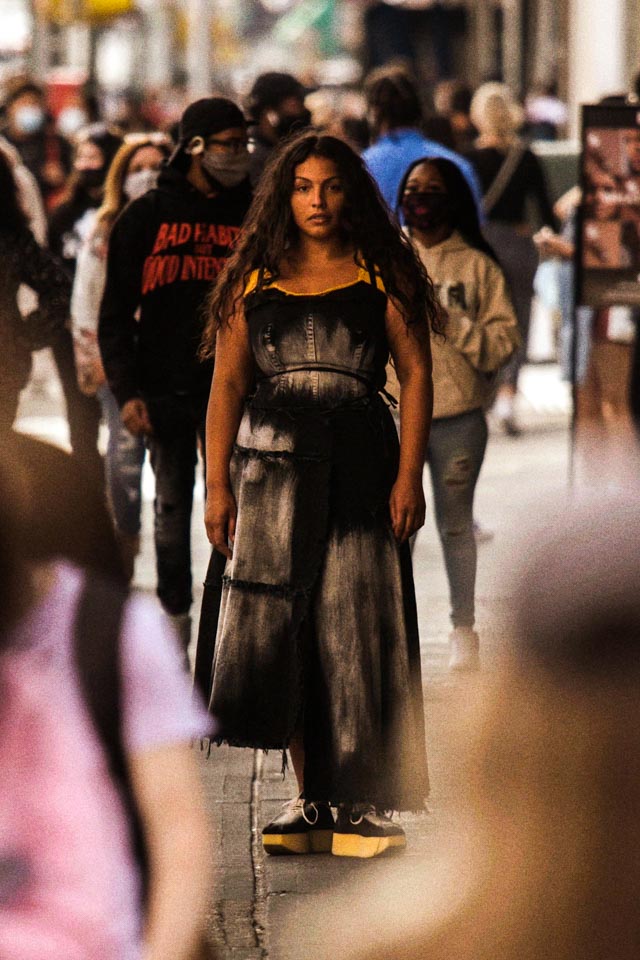
Marni SS21
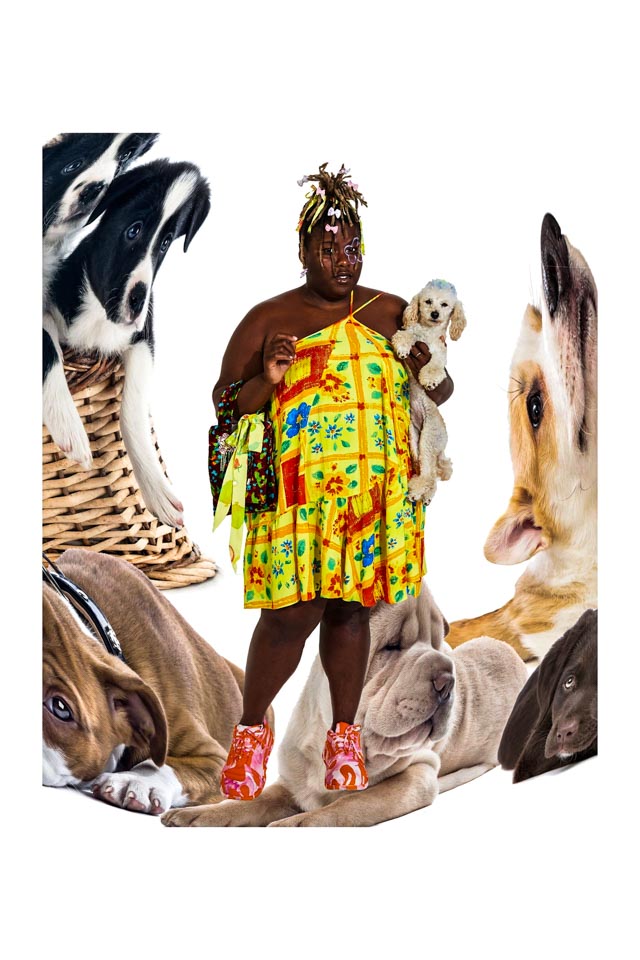
Collina Strada SS21
If we look at the numbers, it seems like a really profitable market in which many fashion houses would be interested to tap in; but, why does the fashion industry keep ignoring the Plus Size Fashion?
CHALLENGES OF THE PLUS-SIZE FASHION
We have heard many times that plus size fashion is not profitable because it requires more fabric, and it is usually more expensive. But, the problems go further. There is a lack of standardization of the bodies for all sizes. Bigger sizes require many times a rearrangement or change of the patterns.
The perception and understanding of different shapes and bodies is a constant difficulty. A survey conducted by Alvanon, a fashion innovation company, showed that 81% of the women had a misconception of their own body type. Fashion brands usually create patterns with the “hourglass” feminine body in mind; but in fact, that is not the most common body type. Once again, the Fashion industry is lacking vision and diversity.
SUSTAINABLE FASHION IS STILL MISSING
The Fashion Industry has a long-standing history of marginalization and lack of diversity, and we are happy to see that sustainable brands are working towards eliminating them. But, when it comes to plus size fashion, there is still a long way ahead. When looking for sustainable options, there are not many brands that provide for plus size variety; and when it comes to luxury fashion, the options diminish even more. Erdem, with its floral patterns and vintage flair, is one of the few houses that uphold inclusivity in their sizing.
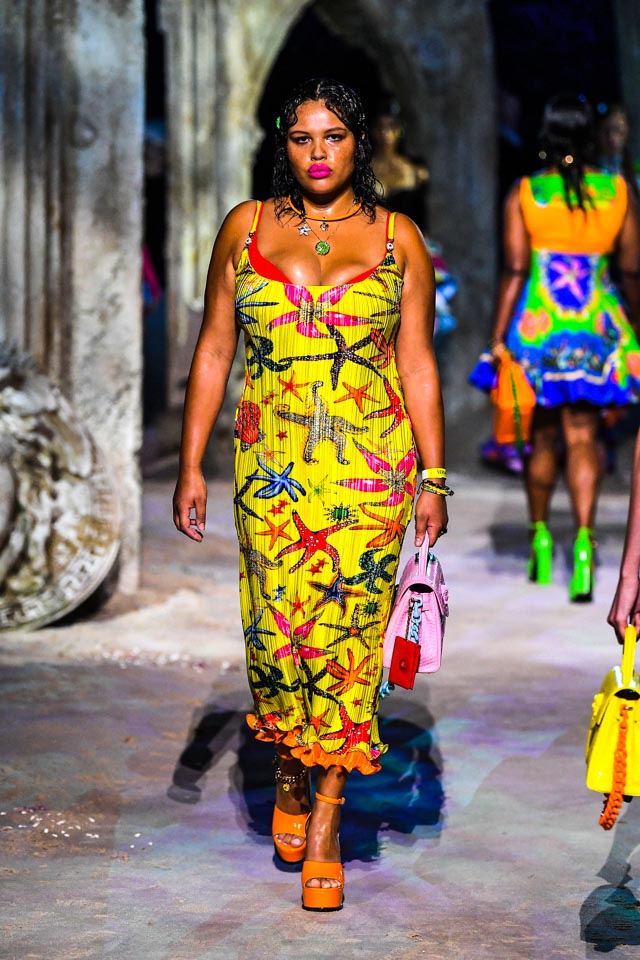
Versace SS21
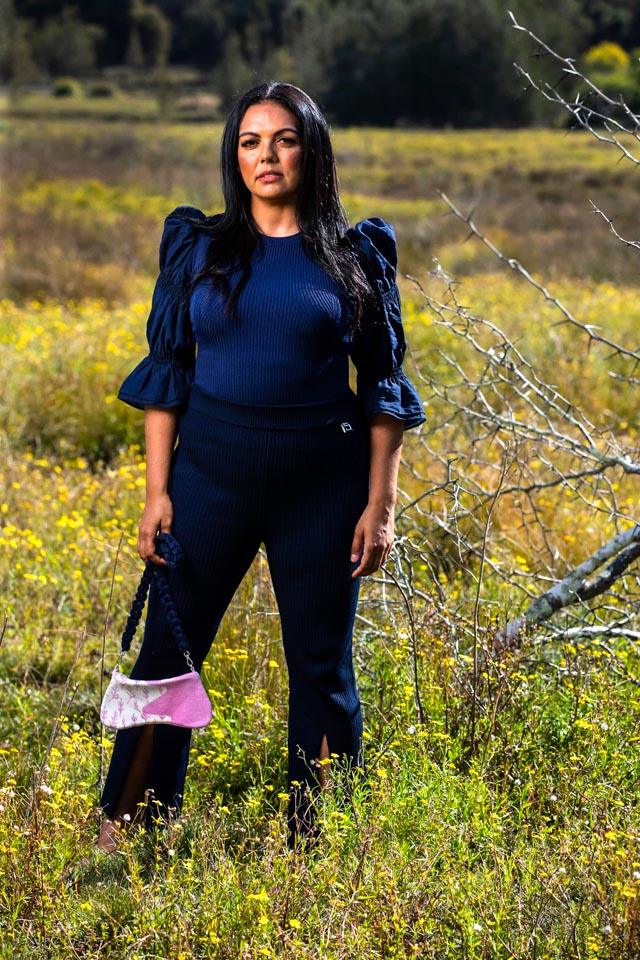
PH5 SS21
PART OF THE SOLUTION
When the pandemic started and all stores had to promptly come to a close, there has been a surge in online sales and apps that help consumers through the selection process. Stitch Fix is an app that, through an algorithm, serves as a personal assistant, providing the users with a variety of choices. In this app, you have to answer a survey and provide your measures in order to receive in the future clothes that fit your body.
With the increase in people using Stitch Fix, there has been a rise in the availability of sizing shared by their consumers. Stitch Fix could not only add more plus size variety but also shared the measures provided to its partner brands; so they could work together to bring a wider range of options to their consumers. If pattering and the lack of models were a problem for creating plus size fashion, this very well could be the start of a solution that brands all around the world could implement.
New generations, Millenials and Gen-Z, want to feel identified with the brands. We see every day more plus size influencers on social media that are advocating for size inclusivity in Fashion. Maybe it is time we say goodbye to plus size fashion as we knew it before and give space for inclusion in the industry so we stop ignoring women worldwide that do not fit into the old views we had on what fashion should be. Hopefully, inclusive sizing will become less of a trend and more of a rule.
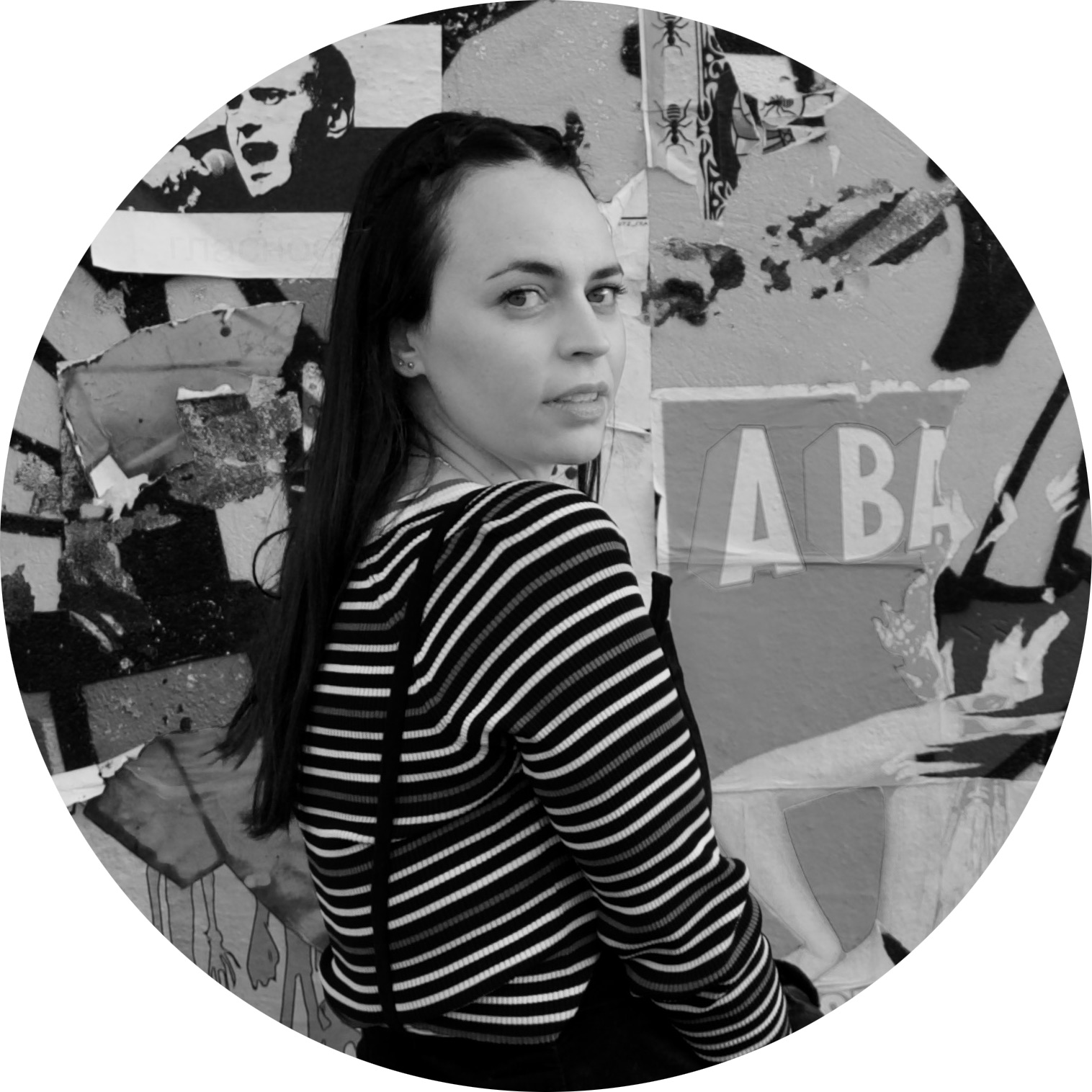
+ Words: Leila Salinas, Luxiders Magazine
Journalist | Berlin-based
Connect with her on LinkedIn or Instagram (@leisalinas)




